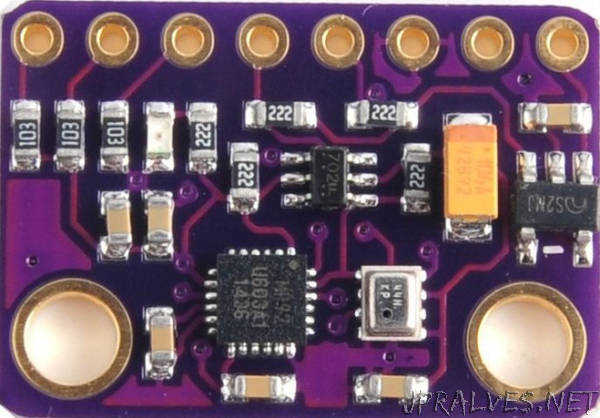
“I recently worked on a project that required a magnetic sensor (MPU-9250) be calibrated to get best accuracy. I had some basic understanding on how to calibrate a magnetic sensor, although I’ve not done calibration before. The calibration turned out to be a bit complicated and took a while to understand. I got some help, including method to get best calibration, from the author of the MPU9250 Arduino library, Kris Winer. I thought that if I shared my experience here, others that are planning to calibrate their magnetic sensors may find it useful.
First of all, what is calibration? In a general sense, calibrating a sensor makes the sensor provide the most accurate readings allowed by the sensor’s own precision. As an example, let’s assume for a moment that the earth’s magnetic field and any other stray magnetic fields are shielded and you have a uniform magnetic field generated artificially for the sole purpose of calibration. Let’s say that the field strength is 400 mG (milliGauss), equivalent to 40,000 nT (nanoTesla). Now if you align one axis of your magnetic sensor parallel to the direction of the field, it should read 400mG. If you then carefully rotate your sensor so that the axis is anti-parallel with your field, it will read -400mG. If you didn’t do a good job in either alignments, you will read less values, say 390mG, if you’re off by about 13 degrees, because only a portion of the field, which is a vector, is projected along your magnetic sensor’s axis.”
